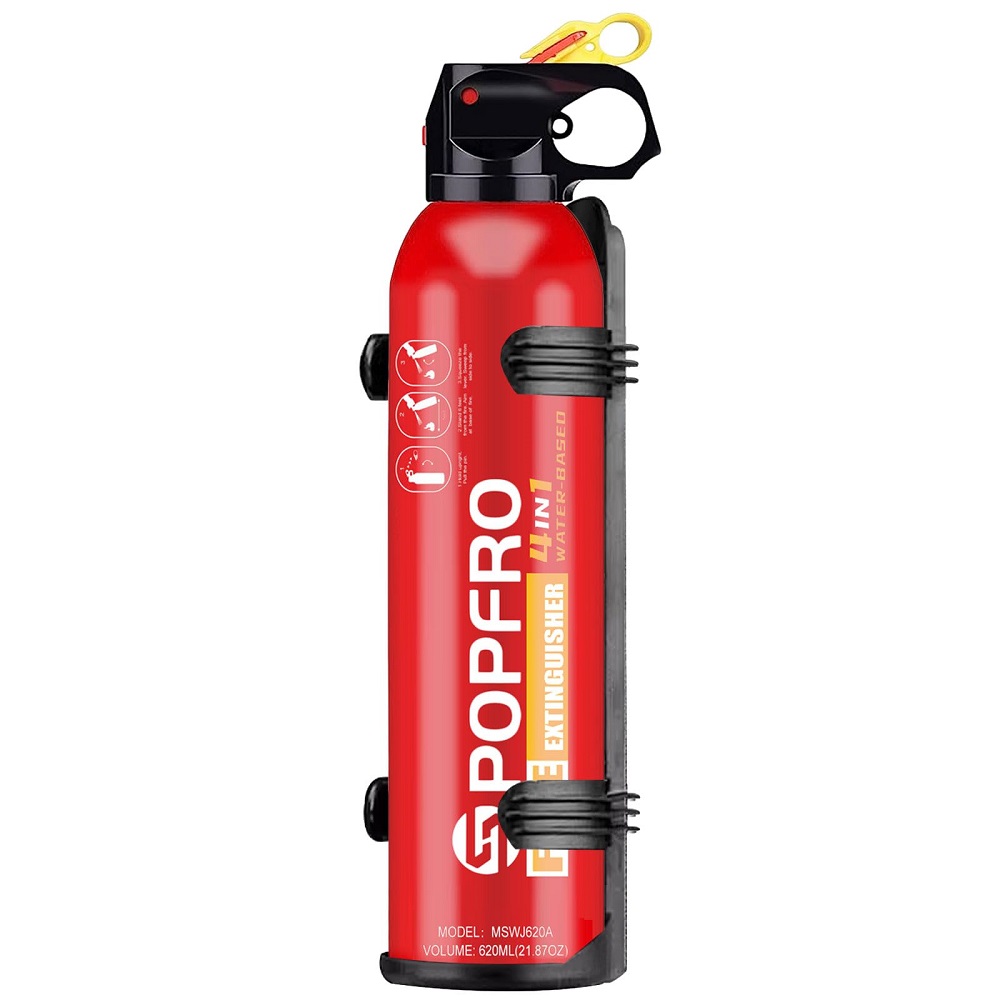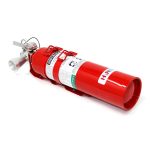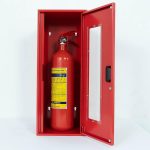Small fire extinguishers play a vital role in residential and office fire safety. While they may be compact, having the right one can make a significant difference in effectively combating a fire before it becomes a major disaster. Various types of fire extinguishers are available, and understanding their features, applications, and maintenance requirements is key to making an informed choice. This article provides a comprehensive guide to help you choose the right small fire extinguisher for your home or office.
Understanding Fire Extinguisher Classes
Class A: Ordinary Combustibles
Class A extinguishers are designed to combat fires from ordinary combustible materials such as wood, paper, cloth, and some plastics. Fires in homes, offices, and schools often fall into this category. Look for extinguishers labeled with a green “A” symbol.
When selecting a Class A extinguisher, consider the size of the unit as it impacts how much material can be put out. For small spaces, a 2.5-gallon extinguisher is typically sufficient. These units use water or foam to douse the flames, cooling the burning material and preventing re-ignition.
Class B: Flammable Liquids and Gases
Class B extinguishers are designed for fires involving flammable liquids like gasoline, oil, and solvents, as well as gases. These situations can arise in garages, kitchens, and laboratories. Look for extinguishers marked with a red “B” symbol.
These extinguishers usually contain dry chemical agents or foam. While choosing a Class B extinguisher, think about the potential for such fires in your area and ensure your extinguisher is rated for the class of materials used in your home or office. A common size for this class is a 5-pound extinguisher, which is portable yet powerful enough for smaller fires.
Class C: Electrical Fires
Class C extinguishers are crucial for putting out fires that involve energized electrical equipment, such as appliances, wiring, and power tools. In today’s world, fires from electrical sources can be relatively common, making these extinguishers essential in homes and offices. Look for extinguishers marked with a blue “C” symbol.
Class C extinguishers commonly contain non-conductive agents. It’s important to remember that using water on electrical fires is extremely dangerous because it can create a pathway for electricity. Make sure your extinguisher is specifically designated for Class C fires, even if it also offers protection for other classes.
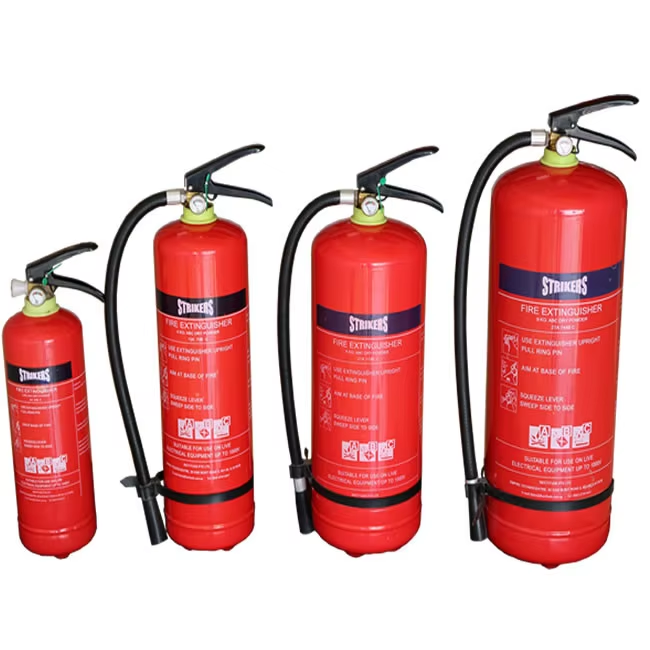
Selecting the Right Size
Factors to Consider
The size of a fire extinguisher significantly impacts its portability and effectiveness. For home and office use, it’s often a balance between having a powerful extinguisher and maintaining convenience. Smaller extinguishers, typically weighing 2.5 to 10 pounds, are easy to maneuver and store. However, they may contain less extinguishing agent, potentially limiting their effectiveness on larger fires.
Consider where you’ll place the extinguisher. If you need it in a high-traffic area, such as a kitchen or home office, a smaller, lighter model may be ideal for quick access. For garages or storage areas where larger potential fires could occur, consider investing in a larger unit that weighs between 5 to 10 pounds.
Recommended Sizes for Specific Areas
- Kitchen: A 2.5 to 5-pound Class K extinguisher is ideal for kitchen fires or a multi-purpose extinguisher that handles both Class A and Class B fires.
- Home Office: A 5-pound Class B or Class C extinguisher will provide adequate protection against flammable liquids or electrical fires.
- Garage: A 10-pound Class ABC extinguisher is recommended for handling various potential fires often found in a garage or workshop environment.
Evaluating Extinguisher Ratings
What Do Ratings Mean?
Fire extinguishers come with ratings that indicate their capacity and the classes of fire they can effectively extinguish. For instance, a 2A:10B:C rating suggests the extinguisher has the capability to suppress a Class A fire equivalent to 2.5 gallons of water, handle 10 square feet of Class B fires, and is suitable for Class C fires. Understanding these ratings helps you gauge the effectiveness of an extinguisher for your specific needs.
Meeting Local and State Requirements
Look into local regulations and building codes regarding fire extinguishers. Different regions may have specific requirements for the types of extinguishers needed in homes and offices. Compliance is essential not only for safety but also if you have a business, as lacking the appropriate equipment could lead to fines or liability issues.
Additionally, check if your equipment meets the standards set by organizations like the National Fire Protection Association (NFPA) or Underwriters Laboratories (UL). These endorsements provide peace of mind that the product you choose has been rigorously tested.
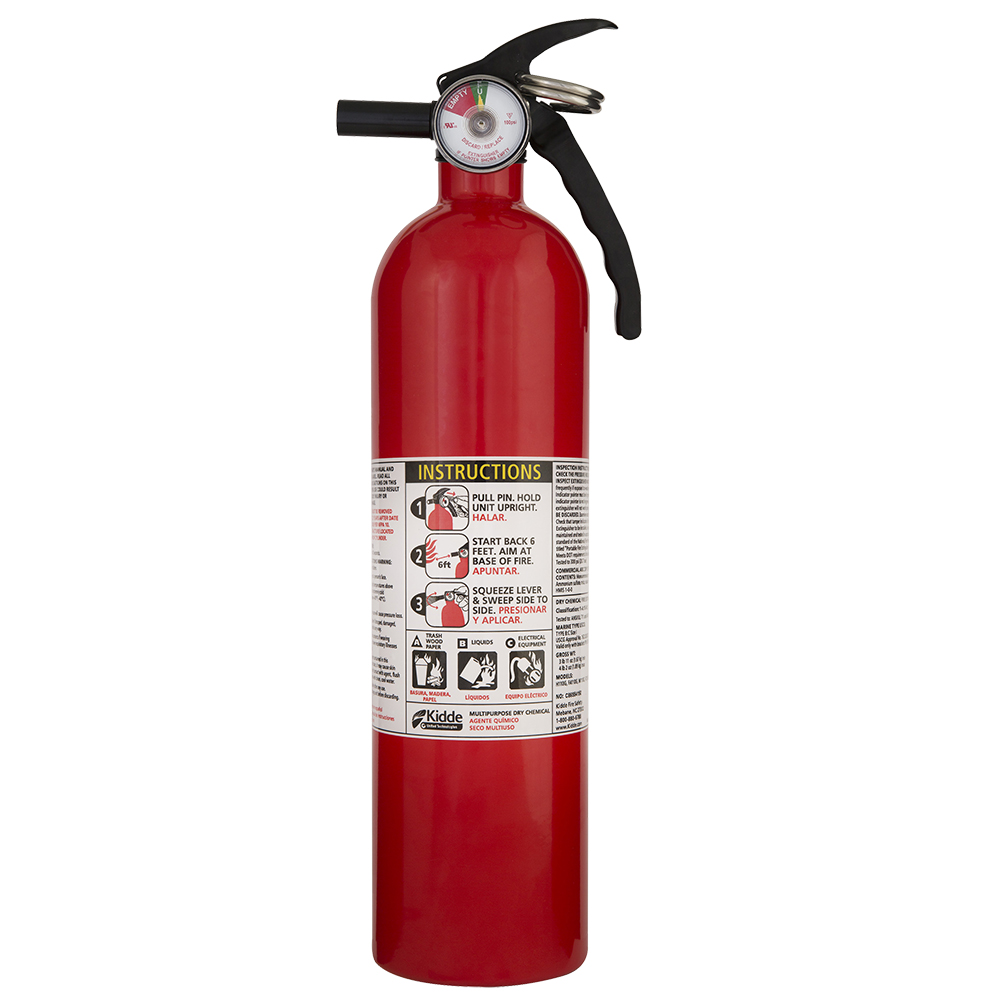
Location, Accessibility, and Mounting
Where to Store Fire Extinguishers
Selecting the right location to store your fire extinguisher is critical. Ideally, you should place the extinguisher within easy reach, often near potential fire sources. Make sure it’s accessible to adults but out of reach of children.
Common locations include kitchens, garages, home offices, and hallways. Keep the extinguishers away from corners and obstacles that could hinder access during an emergency. It’s a good idea to install extinguishers within a maximum of 75 feet of any room where flammable materials are present, ensuring quick access in case of a fire.
Mounting Options
Many small fire extinguishers come with mounting brackets, allowing you to secure them to the wall for easy access. Make sure to mount extinguishers at a height that allows everyone in your home or office to reach them comfortably. The handle should be 3 to 5 feet off the ground for visibility and easy access.
In addition to wall mounting, consider using a fire extinguisher cabinet if you prefer a more discrete option. These cabinets protect the extinguisher from potential damage while keeping it accessible. Regularly check that the extinguisher remains visible and free from obstructions.
Maintaining Your Fire Extinguisher
Regular Inspection
Fire extinguishers require routine maintenance to ensure they function properly when needed. Inspect your fire extinguisher monthly. Check the pressure gauge to ensure the needle is in the green zone, indicating it’s fully charged. Look for any signs of damage, rust, or wear on the unit. Make sure that the nozzle is clear and free of obstructions.
Servicing and Recharging
In addition to monthly checks, fire extinguishers should undergo professional inspections annually. A qualified technician can evaluate the condition of your extinguisher, perform any necessary repairs, and recharge it if required. Depending on your extinguisher type and manufacturer recommendations, it may also be essential to replace the unit every 5 to 15 years.
Educate everyone in your home or office about the importance of keeping fire extinguishers up to date. Routine maintenance ensures that your fire extinguishers will work properly in an emergency, providing the best chance of effectively extinguishing flames.
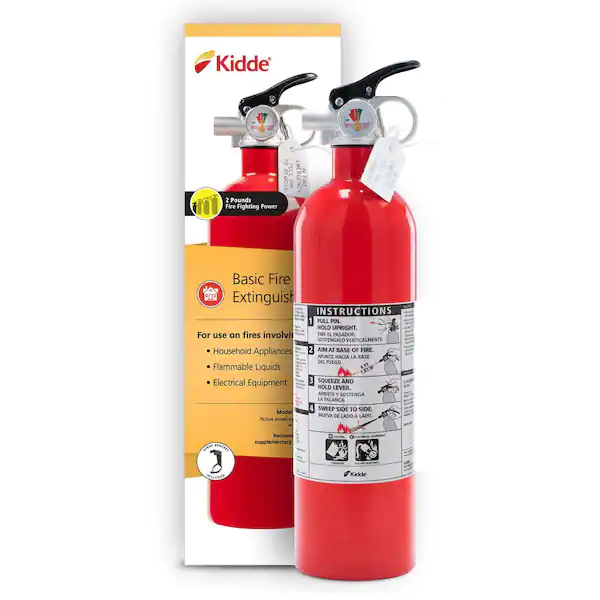
Training and Emergency Preparedness
How to Use a Fire Extinguisher
Familiarizing yourself and others with the use of the extinguishers is crucial. The acronym PASS helps remember the steps for operating a fire extinguisher effectively:
- Pull the pin: This releases the locking mechanism and allows you to operate the extinguisher.
- Aim low: Point the nozzle at the base of the fire, not the flames.
- Squeeze the handle: Press down slowly and steadily to discharge the extinguishing agent.
- Sweep from side to side: Move the nozzle in a sweeping motion to cover the entire area of the fire.
Conducting regular training can prepare everyone to respond quickly and effectively in an emergency situation.
Developing an Emergency Plan
In addition to training, create an emergency fire plan tailored to your home or office. Discuss escape routes and establish designated meeting points outside. Make sure that everyone knows where the extinguishers are located and how to use them. Regular safety drills can increase preparedness and ensure that everyone remains calm in the event of a fire.
Consider maintaining a fire safety kit that includes additional emergency supplies such as first-aid kits, flashlights, and batteries. Being well-prepared can significantly impact safety during emergencies.
The Importance of Appropriate Fire Protection
Legal Requirements
In many jurisdictions, regulations require specific fire protection measures in residential and commercial buildings. Understanding these requirements is essential. Check with your local fire marshal or building authority to ensure compliance and gain insight on the best practices for fire safety tailored to your location.
Peace of Mind
Choosing the right small fire extinguisher for your home or office can provide peace of mind. Knowing you have the right equipment readily accessible enhances safety and confidence. In the event of a fire, quick action can help to minimize damage and save lives.
Investing in a fire extinguisher is more than just a precaution. It’s an essential component of a broader fire safety strategy that reflects a proactive approach towards safeguarding lives and property.
Conclusion
Selecting the right small fire extinguisher for your home or office can seem daunting, but it is an essential aspect of safety. By understanding fire extinguisher classes, considering the right size and location, maintaining the equipment, and ensuring that everyone knows how to use it effectively, you can create a safer environment. Take the time to research and invest in a fire extinguisher that suits your specific needs, and remember that preparedness is key to effective fire safety. Ultimately, having the right fire extinguishers can make all the difference when facing the unexpected, providing a sense of security amid potential hazards.
